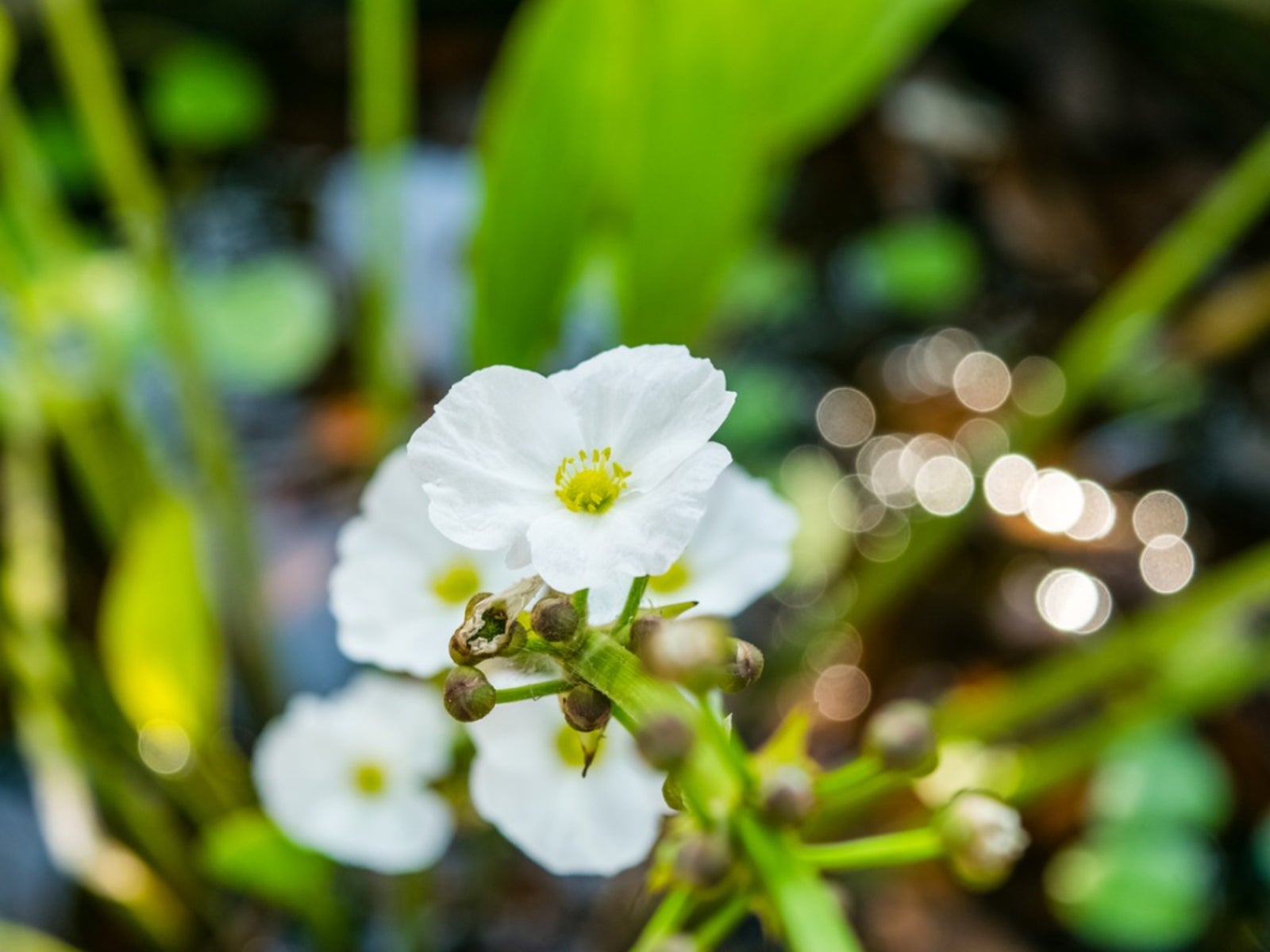Echinodorus Creeping Burhead – Information On Creeping Burhead Plant Care


Creeping burhead plants (Echinodorus cordifolius) are members of the water plantain family and are commonly used in freshwater aquariums and outdoor fishponds. Echinodorus creeping burhead is native to the eastern half of the United States. It grows submerged in the mud and shallow waters of slow moving streams and ponds.
What is Creeping Burhead
Echinodorus creeping burhead is an aquatic plant with glossy green leaves that grow close together to form a clump. The attractive leaves make this plant ideal for use as a centerpiece in aquariums and fish tanks.
When planted outdoors creeping burhead plants can reach four feet (about 1 m.) tall and produce white flowers during the summer months. In some states this plant is endangered but in other areas it has become an invasive weed. It's advisable to contact your county Cooperative Extension office or your state's department of natural resources to check on the local status before planting it outdoors or removing it from the wild.
Growing Creeping Burhead in Aquariums
When totally immersed, it is a robust plant with bright green leaves. For most varieties, creeping burhead plant care is fairly easy. They do best in a shady location that receives less than 12 hours of light per day. Longer periods of light can result in leaves growing quickly and reaching the top of the aquarium. Periodically pruning the roots also helps control the size of creeping burhead plants.
In the aquarium setting plants enjoy temperatures between 50-81?. (10-27?.). Higher temperatures stimulate more growth than cooler ones. They do best when water pH stabilizes between 6.2 to 7.1.
Echinodorus creeping burhead is available at pet stores, aquarium shops, and online aquatic plant sites. Aquarists and pond enthusiast can choose from several varieties:
- Aureus – A beautiful variety with yellow to golden heart shaped leaves. Can be more expensive and difficult to maintain than other varieties.
- Fluitans – Definitely a plant for larger aquariums. This variety has longer, narrower leaves which can reach 16 inches (41 cm.) long. Unlike other varieties, the leaves tend to lay on surface rather than protruding out of the water.
- Marble Queen – This smaller variety only reaches heights of eight inches (20 cm.), but its popularity is due to its green and white marbled leaves. The mottling intensifies under brighter light.
- Ovalis – An easy to grow plant suitable for smaller aquariums or shallow ponds. The diamond shaped leaves grow 14 inches (36 cm.) tall.
Sign up for the Gardening Know How newsletter today and receive a free copy of our e-book "How to Grow Delicious Tomatoes".

Laura Miller has been gardening all her life. Holding a degree in Biology, Nutrition, and Agriculture, Laura's area of expertise is vegetables, herbs, and all things edible. She lives in Ohio.